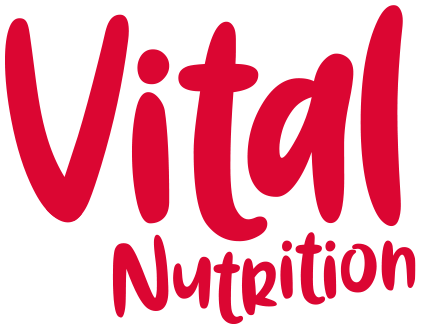Food and gardening – for mind, body and soul
At this time of year, and especially under lockdown, many of us have been turning to food and gardening for solace and sanity. I am writing today’s blog in the sunshine in my back garden, so I thought it was appropriate to explore this idea a little with you.
Research earlier this year reinforced the link between spending time in nature and our stress response. As little as 10 minutes in a natural setting was found to be beneficial for our mind and body. Subjects reported feeling happier and noticed a difference in both physical and mental stress.
The study in the journal Frontiers in Psychology worked with college students aged between 15 and 30. In this study, researchers found that the optimum time to spend in the great outdoors was between 10 and 50 minutes to help improve mood, focus and physiological markers like blood pressure and heart rate. That is not to say that spending longer outdoors is a bad thing, just that the first 10-50 minutes seem to be the most effective. After that time the effects were seen to plateau.
Horticultural therapy
I work with clients with adrenal fatigue, PTSD and chronic fatigue a lot, both in my one-to-one consultations and in my workshops, and I do a lot of work alongside horticultural therapists on programmes for people affected by trauma. The power of combining nature with nutrition is so powerful and I feel privileged to have seen so many people transform their mental and physical heath this way.
When we connect with the food that we eat and notice the effects it has on how we feel, there is a real and tangible link between food and mood. When we eat something we have grown ourselves, the sense of childhood wonder, release of feelgood neurotransmitters and the sense of achievement are amazing.
Not to mention the lack of food miles, pesticides and plastic packaging our own homegrown grub has.
Grow your own
Even if you (like me) do not consider yourself to be ‘green-fingered’, there are plenty of foods that are really easy to grow, taste so much better than shop-bought and are a good place to start. Plant a few seeds now and within seven days you will start to see the shoots of your first crop. Here are a few ideas to get you started:
Salad leaves like rocket and mixed leaves are a perfect place to start. Once they are ready to eat all you need to do is keep chopping your leaves, popping them in your salad bowl and you will be rewarded with new growth with these ‘cut-and-come-again’ crops.
Radishes – the homegrown variety taste totally different to the bland shop-bought versions. Quick and easy to grow.
Spinach or chard comes in all different varieties and is really versatile in the kitchen. It can be used as salad greens or a vegetable and is packed with nutrition. Within a few short weeks you will have your own field of spinach to harvest.
Peas and beans are my favourite. They remind me of sunny childhood days with my grandad harvesting these tasty treats for tea. Plant now to harvest by the end of summer.
Kale is one of the brassica vegetables. This group are among the most nutritious plant foods we have. We planted kale in our little veg patch last year and were munching kale right through the winter into spring. I love it as a salad ingredient, or made into kale crisps.
No matter where you start, start somewhere. Getting our hands in the earth is one of the best things we can do for our mental and physical wellbeing, and now there are swathes of research papers to prove what we have instinctively always known.
This blog post first appeared as my column in The Irish News on Saturday 6 June 2020.

